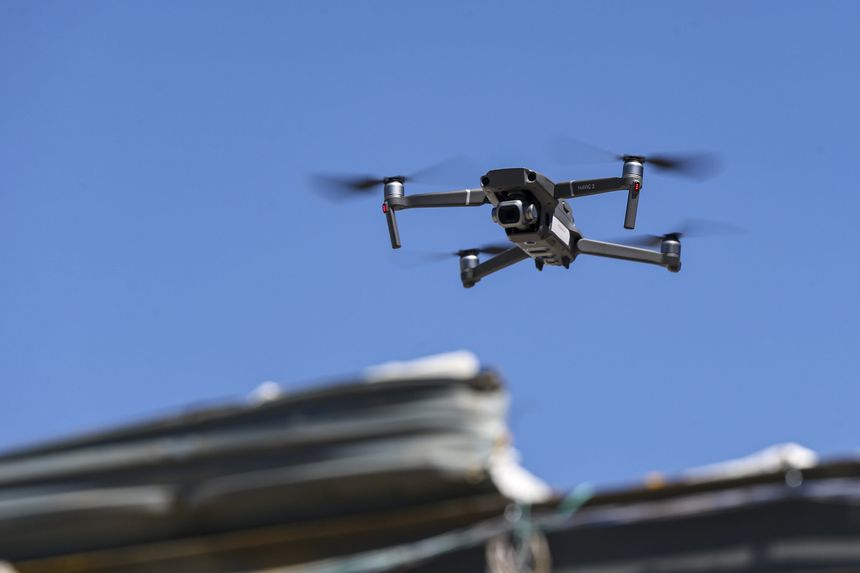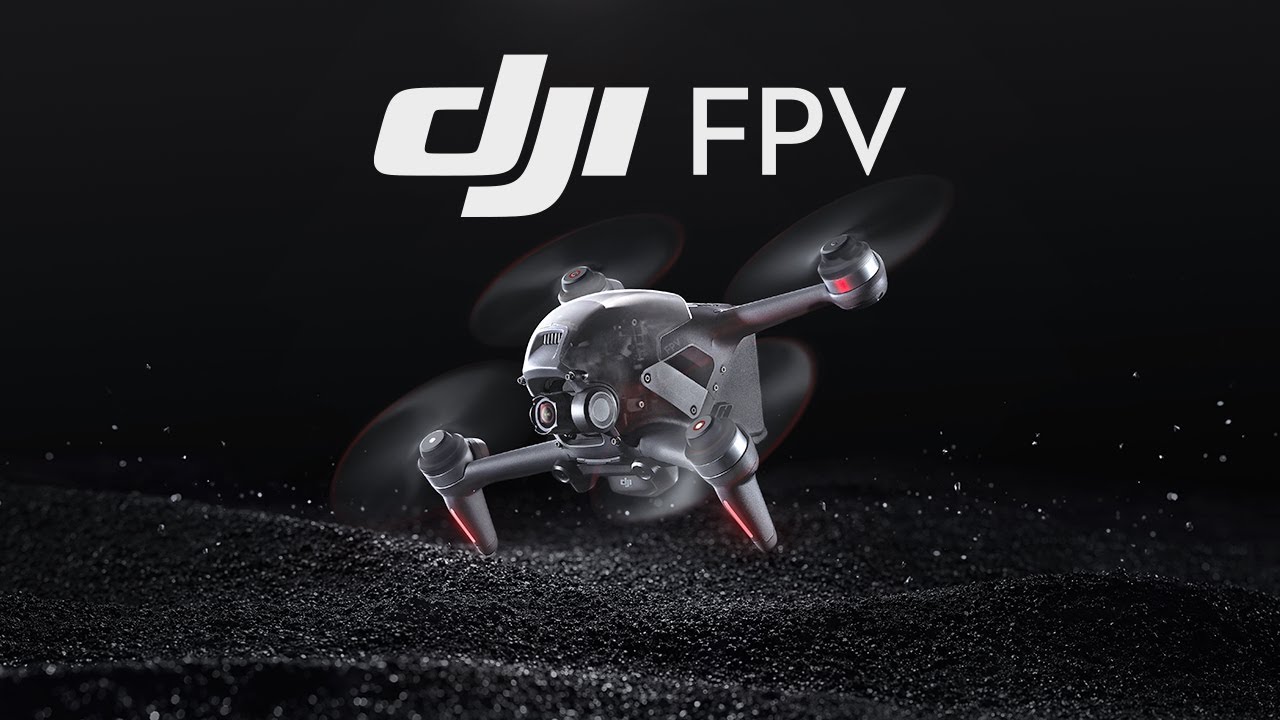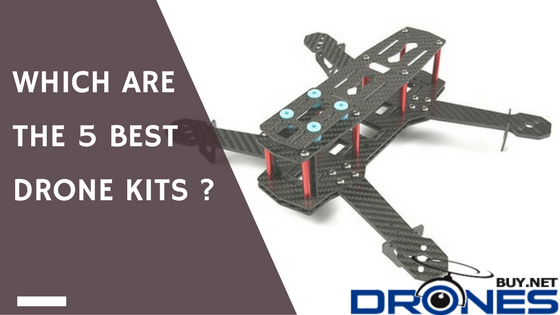
Many applications are available for oil and gas drones. Drones can be used to protect pipelines, by visual monitoring their perimeters and detecting external or natural threats. Drones are particularly useful in monitoring the pipeline perimeter, preventing fires, and reducing methane emissions. Drones can also alert a safety committee to an emergency. Below are some of most common uses for oil and natural gas drones.
Methane emissions are reduced
The technology behind a new drone technology for methane emissions monitoring can reduce methane emissions by up to 90 percent. Drones with laser beam sensors fly above a suspected area, then beam a laser light onto it. The laser beam is then reflected by the surface, and methane is detected when some of it is absorbed. The OPLS provides detailed analysis of any leaks detected.
Safety is improved
Drones allow for safer access to hazardous areas and can be used to monitor and inspect assets. This reduces the risk of employee injury or illness, as well as insurance costs and lost work time. Additionally, oil and gas companies can now benefit from drones' low cost, which makes them a viable option for managing facilities. Drones are capable of performing multiple inspections of oil- and gas facilities. This allows them to better plan maintenance and monitor their assets' health.

Prevents dangerous fires
U.S. Department of Interior utilized a drone equipped infrared camera to identify a fire in Amazon rainforest. The fire was identified early by firefighters, which saved them $50 million. While drones are not allowed to fly near manned aircrafts or other sensitive equipment, they can be used for monitoring fires in remote areas. The U.S. government isn't happy with drones being used for such purposes.
Improves productivity
Drones have been a mainstay in the oil and energy industry. Companies can now gather crucial information about potential wells by using drones. Drones have the ability to collect topographical data and provide information about access routes and building materials. These drones can be used to assist in rescue missions by providing visuals of potentially dangerous areas and helping to determine how to reach stranded workers.
Reduces downtime
Companies are looking for new ways to use drones in the oil-and-gas industry. Chevron is an example of a company that has used drones for project progress monitoring, earthworks mapping, equipment inspection and earthworks mapping. Flare stack and oil rig inspections were two other early uses for drones. Drones help reduce personnel downtime, while also completing inspections. They are also able to monitor the health and environment.

FAQ
What type of batteries should a drone be using?
Lithium-ion batteries are the most common type of battery for drones. A typical drone uses between 3 and 6 volts.
What are the rules regarding drone operation?
Register your drone with the FAA. This registration involves information such as the weight, size, battery capability, and operating frequency. This registration process requires that you obtain an FAA identification code.
Can I fly my drone at my local park?
You can fly drones in parks around the globe. Safety concerns mean that not all countries allow drones to be flown in parks. Our list contains places where drones are legal to fly for enjoyment.
Is it safe to drive while flying a drone?
Driving a drone is dangerous, as it could cause an accident or crash into another vehicle. Also, you could hit pedestrians or animals. Your car could be damaged if it hits power lines or trees.
Statistics
- Research and Markets predict a growth rate of 51.1% over the next five years. (thedroneu.com)
- According to ZipRecruiter, the minimum hourly wage of drone pilots is $20. (thedroneu.com)
- According to Indeed, a drone pilot gets paid $25.73 per hour on average in the US. (dronesgator.com)
External Links
How To
Repairing A Drone's Damaged Motor
The first step toward repairing a damaged motor is to identify what part of the motor is broken. It is easy to do this by removing the propeller shaft from the motor shaft. Next, remove all wires from the motor shaft and inspect the internal workings. If you see something wrong, then you know what part of the motor you have to fix.
You don't need to worry if there's no damage to your motor. However, a motor that looks like the one below will require you to replace certain components before you can fly again.
Consider a motor that has become bent and won't turn. This means that you will need to bend the motor back into shape. You could use a vice grip or a pair of pliers to hold the motor while bending it back into shape. After you've completed the above, ensure that you inspect the motor for signs and wear.
Once everything is in order, attach the propeller to the motor shaft. Now your drone is ready to fly!